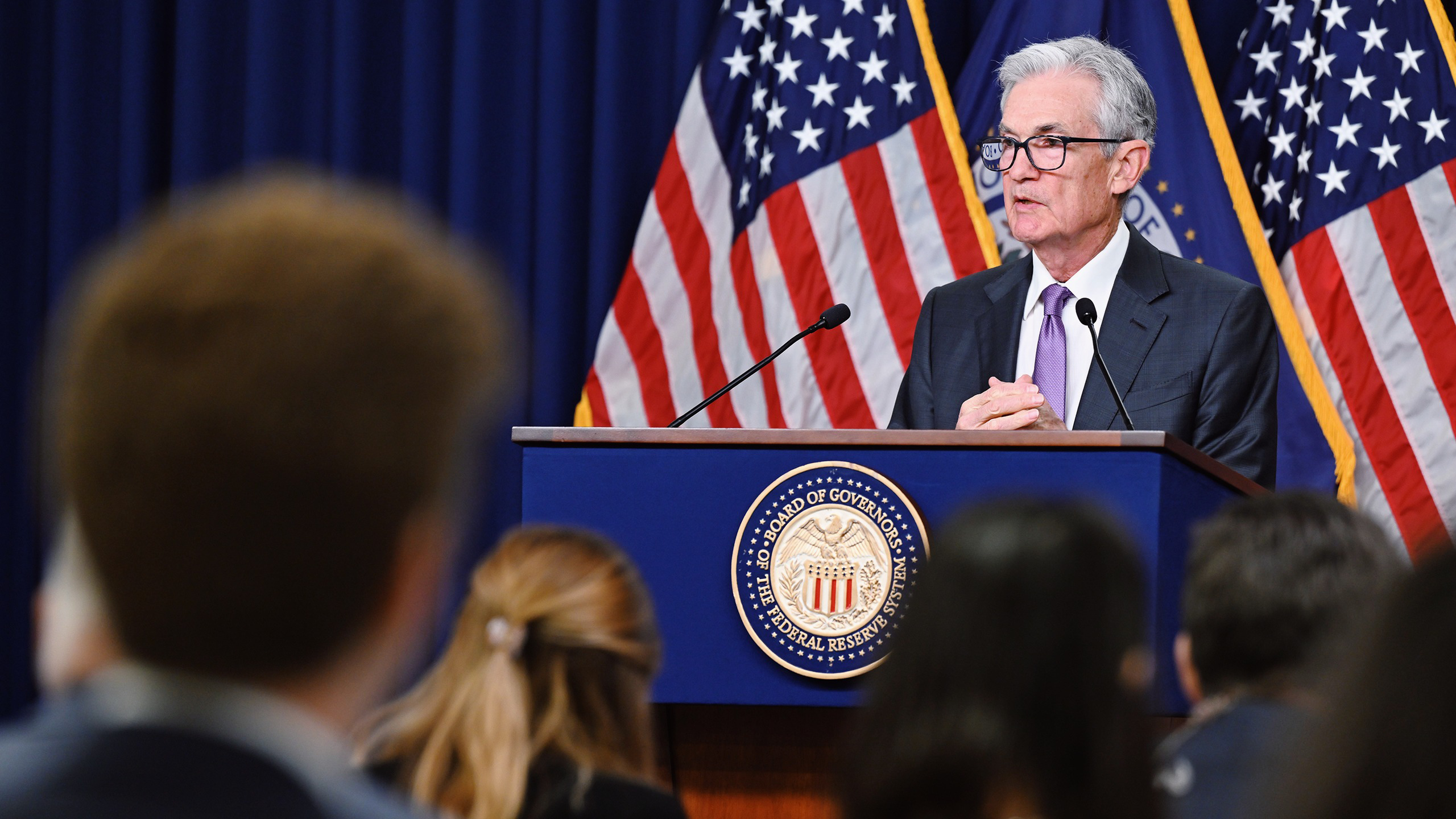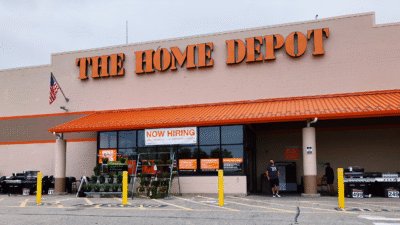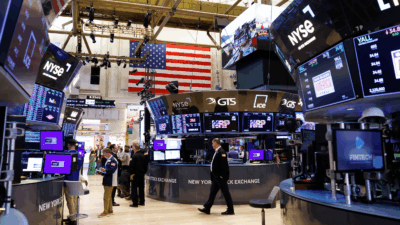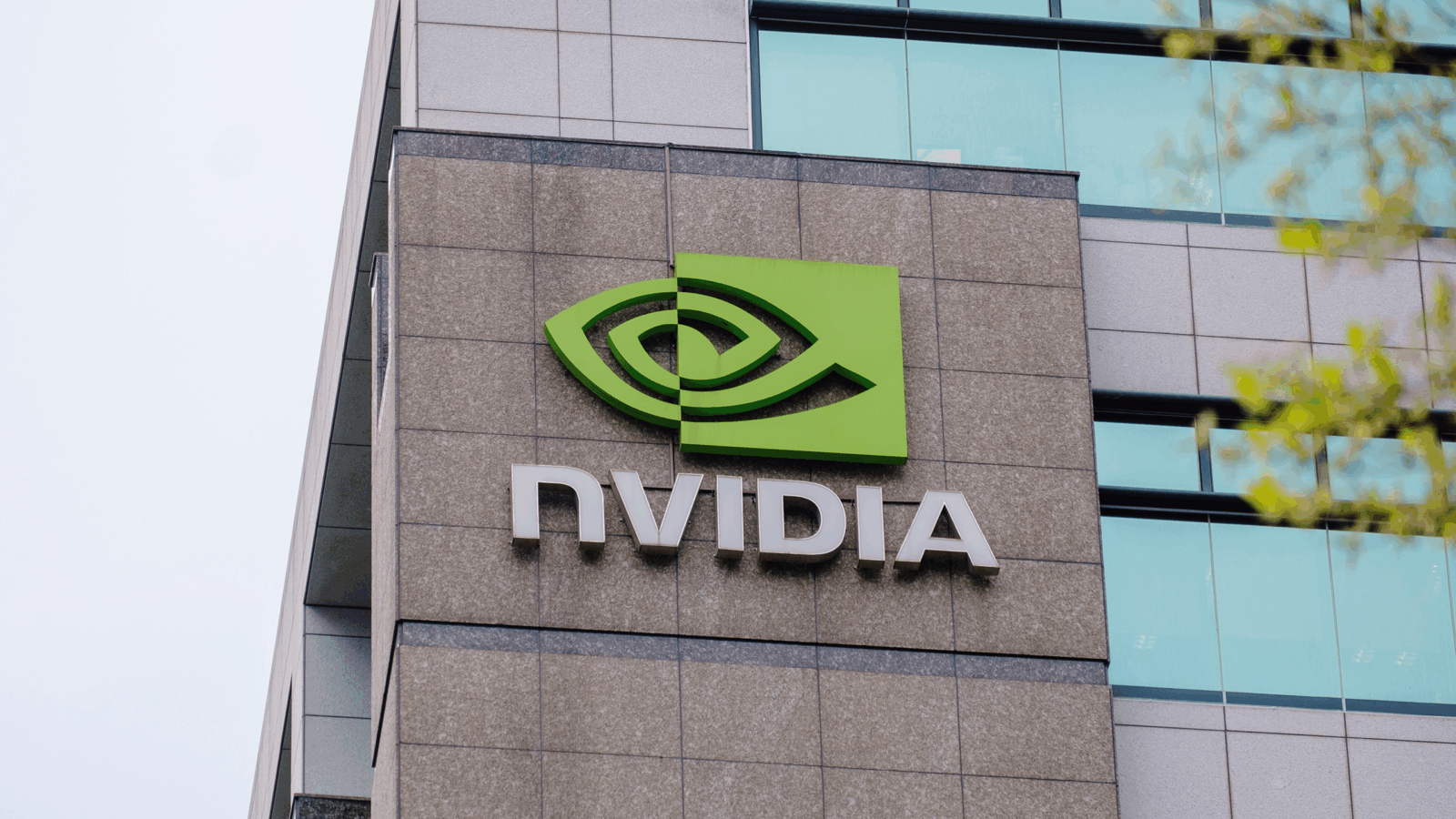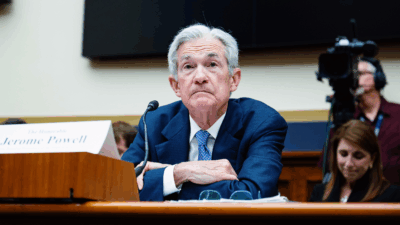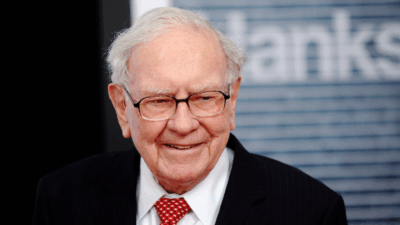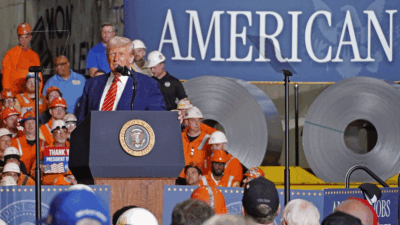What’s Fueling the Market Rebound?
The S&P 500, having recovered all its losses from earlier this month, sits just less than 2% away from the all-time peak it reached in July.
Sign up for smart news, insights, and analysis on the biggest financial stories of the day.
Artificial intelligence hype crashing headfirst into reality. The unwinding of the yen carry trade. The softening US consumer.
There were a lot of targets for finger-pointing amid the early-August meltdown-that-wasn’t. But Monday saw the eighth straight day of gains on the S&P 500, marking its longest winning streak of the year so far. Now the index, having recovered all its losses from earlier this month, sits just less than 2% away from the all-time peak it reached in July. As the dust settles, it’s becoming clear that the finger-pointing may have been a smidge aggressive.
The Vix Is In
Doom-and-gloom headlines aside, it appears traders ultimately saw the AI sorta-crash simply as an opportunity to buy the dip; Nvidia has now rallied some 30% since an early-August low, leading the charge for a megacap tech rebound. Meanwhile, Toby Gresham, investment counselor team lead at Citi Private Bank, said on CNBC this weekend that the unwinding of the yen carry trade has mostly “washed through,” and Nomura Holdings, Japan’s biggest brokerage, told Bloomberg that hedge funds and other investors are already pouring back into the carry trade game.
Last week, the Commerce Department also released new US retail spending data that pummeled expectations and suggested the American consumer isn’t slowing down just yet (a fear also allayed by a strong earnings beat from Walmart on Thursday). “Even the perma-bears would have struggled to find much in the slew of data released over the past week that would justify recent recession fears,” Neil Shearing, chief economist at Capital Economics, told the Financial Times on Monday.
You would be forgiven for feeling a fair amount of macroeconomic whiplash. Whether or not you should expect future volatility remains an open question:
- The Cboe Volatility Index — a.k.a. the Vix, or Wall Street’s fear gauge — has fallen nearly 24 points since spiking on Aug. 5, which marks its longest decline since November 2008. Some experts are already saying that the spike was more likely a reflection of a quirk in how the gauge is calculated rather than a true reflection of trader panic.
- But go a little deeper and there remains some doubt. The “Vvix” index, which is calculated on derivatives tied to the actual Vix, has similarly fallen since an Aug. 5 peak, but remains trading above its long-term average, per a recent FT analysis.
“We do think that volatility should normalise, it is mean reverting. But the speed at which [the Vix] came down was a bit too far too fast,” Maxwell Grinacoff, US equity derivatives strategist at UBS, told the FT. “We’re still not out of the woods yet.”
Hole in One: One thing that may or may not shoot some volatility back into the markets is Jerome Powell’s Friday speech in Jackson Hole, Wyoming, which he will give after spending the week conferencing with business leaders, economists, government officials, and fellow Federal Reserve bankers. The Fed is all but guaranteed to finally cut rates next month, though the question remains by how much — and Wall Street is sure to hang on to every word that Powell says in search of clues.
